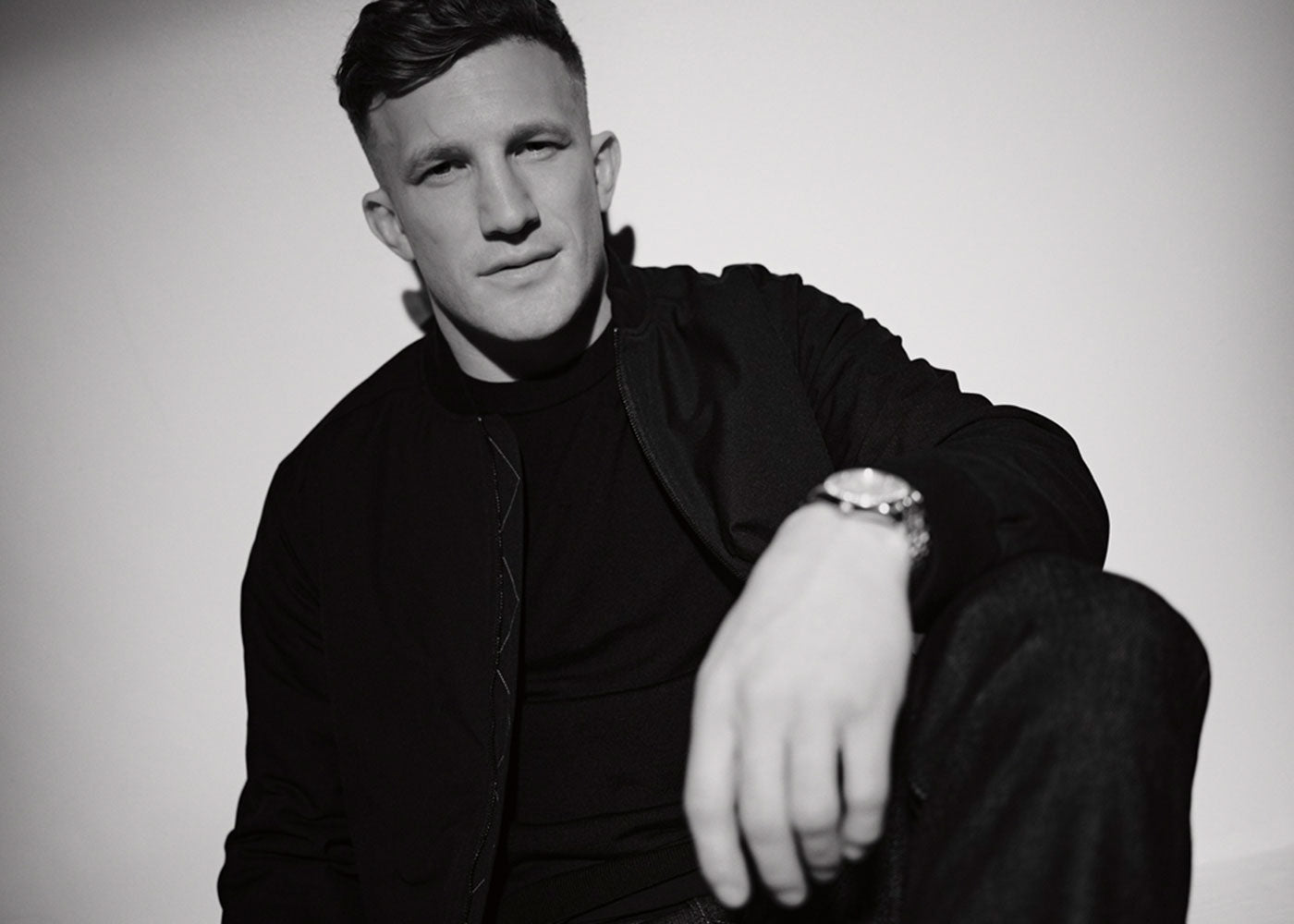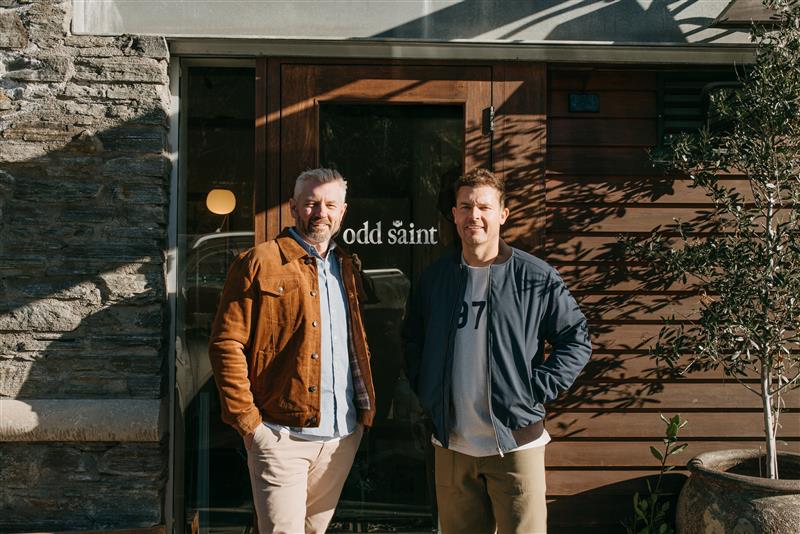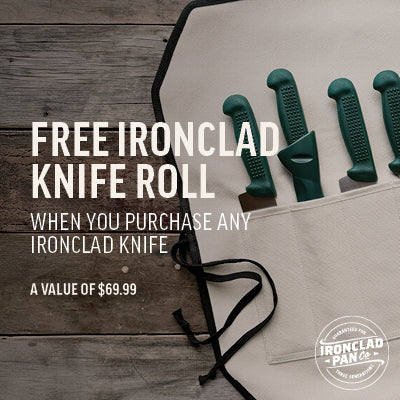BARKERS 1972 JOURNAL
All Articles

Introducing Damian McKenzie for Barkers
We’re proud to welcome Damian McKenzie to Barkers. A natural fit for the brand, Damian embodies the same spirit that drives us – performance with purpose, style without the fuss.

Future Hospitality: Bert & James
We caught up with Bert and James from Future Hospitality Group in Queenstown for a chat about all things hospo, living in Queenstown and how it all got started. We took the opportunity to check out their venues and shoot some of the latest arrivals to Barkers in the process. A day of good chats, good people and good food. Take a read below.

Studio 1 vintage guitars
Studio 1 Vintage Guitars isn’t your average music store. It’s part treasure trove, part tone sanctuary, and one of the spots we were lucky enough to shoot in for our Winter Unplugged campaign. The moment you walk through the doors, you can feel it: This is a place built by people who truly love the craft.

Timeless Craft: Made for nick
Part craftsman, part storyteller, and 100% committed to changing the way we think about what ends up on our plates. Nick Thomson from Marrow Butchery is bringing old school traditions and techniques to a modern way of living.

Life in style: earl of east
Earl of East got its start at a market stall in East London back in 2014. What began as a passion project rooted in ritual and inspired by travel has grown into one of the most respected names in home fragrance and air fresheners, all made in London and built to bring a sense of calm, character, and intention to your space.

BMC WINTER UNPLUGED
Whether as a career or a way to escape the day-to-day, crafting and creating gives shape to who we are. From restoring classics to making music, shaping surfboards or designing spaces to gather in, it’s all part of the creative process.

Barkers 50th: Serving Style Since '72
Half a century, five decades or 50 years, they all sound long no matter how you say it. It's been one hell of a journey for us all, tastes changed, palettes evolved, styles came and went, and being at the forefront of Men’s Fashion, we witnessed New Zealand men becoming more confident, defining their own style and continuously evolving with each passing decade.

Suit Prep: Care about your suit? Here’s how to do just that
A suit is an investment; its a higher priced item that youll generally keep for at least a few years, and its usually worn when you need to look your best. If youre a businessman, then your suits will be some of the hardest working items in your wardrobe. And if you only wear them for weddings and parties? Well they probably work just as hard. Because of all this, and like all good investments, suits require maintenance - that maintenance can be broken down into these fundamental steps. Lets roll up our sleeves and get started.

The Parisian way
On the edge of Myer’s Park in the heart of Auckland, sits a family-owned business that has been a powerhouse of style and artistry since 1919. Renowned for crafting ties and belts that stand the test of time, Parisian have proudly upheld this legacy for four generations. We caught up with John, the current torchbearer of the family business, to learn more about the brand’s heritage, diving deep into the journey so far and looking ahead at what’s to come.

Going To Be A Groom? Here's How To Stand Out
Everyone dresses up for a wedding (most of them anyway), and with all your friends and family wearing their best suits, it can be challenging for a groom to set himself apart from the pack.

The Surprisingly Long History of Chinos
The versatile, classy-but-casual trousers have a history that goes back more than a century.
At some point in the mid-19th century, British troops in India figured out that red wool coats were a bad idea for battle wear. To be precise, it was Lt Harry Lumsden who in 1848 had some cotton dyed khaki a shade that took its name from the Hindi word for dust to make trousers for his Corps of Guides. They were much cooler and less easy to spot in the sandy terrain. Soon, khakis had become a standard part of military uniforms everywhere.

HISTORY 101: The History of the Henley
Picture this: It's the early nineteenth century, and men are looking for base layer that’s actually comfortable. Enter the Henley, a collarless number with a placket of buttons down the front.

Finding Your Fit: A Guide to Barkers Denim
When it comes to denim, one size definitely doesn’t fit all. That’s why we’ve developed four distinct fits in our Barkers Regenerative Cotton Denim range - each designed to suit different body types, personal styles, and everyday needs. Whether you lean toward a slim silhouette or something more relaxed, there’s a fit that’ll feel like it was made just for you.


